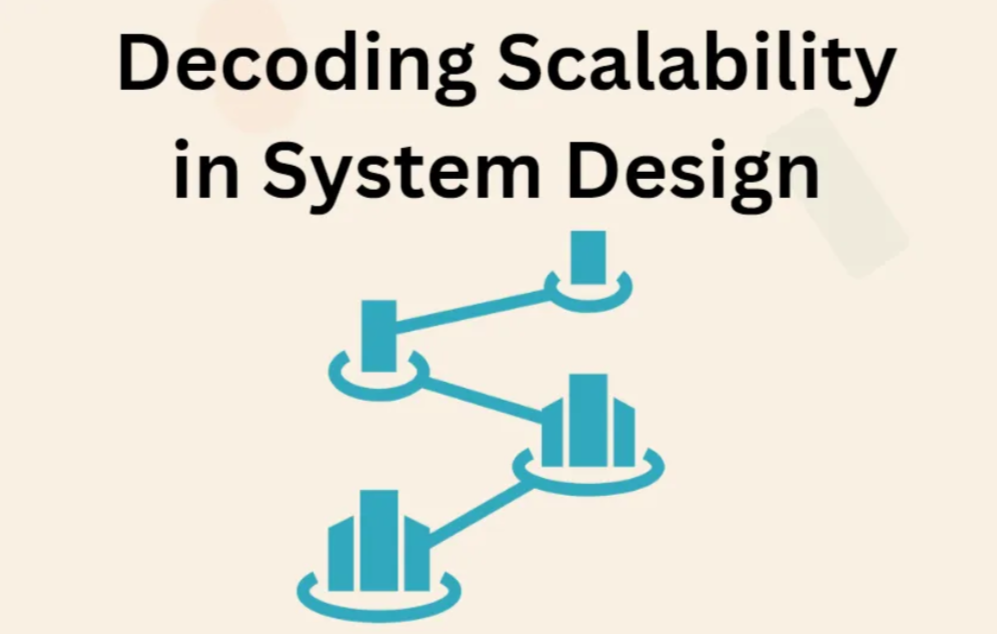System Design Interviews: What distinguishes you from others?
Stand out from the crowd with these system design interview tips.

The objective of the system design interview is to assess your ability to design a complete system from start to finish on your own.
You will be given an open-ended design problem, and you will be expected to flesh out the requirements and come up with key pieces of the system.
Here are the seven characteristics that will distinguish you from others.
1. Eliminating vagueness
What does it mean?
- Asking questions to clear the boundary of the system.
- Identifying the limits and scope of the system.
Examples
- Are we going to support one million users?
- Will there be any push notifications for updates?
Check Grokking the System Design Interview to learn about important distributed system concepts.
2. Being able to ask the right questions
Examples
- If we are going for lower latency, what minimum throughput should we expect from the system?
- Since we will be storing data for global users, should we store data near the user's location to reduce latency?
3. Making reasonable assumptions
Examples
- We will prioritize high throughput and a reasonable latency.
- We will adopt a pull data model for less active users and switch to a hybrid (push & pull) model for highly active (or celebrity) users.
4. Identifying and prioritizing the core requirements of the system
Examples
- Users should be able to upload videos and attach them to their tweets.
- It is important for the system to be highly available, but consistency can take a hit. The user should always be able to access the system, but it's okay if they sometimes see inconsistent data.
5. Analyzing different solutions and tradeoffs
Examples
- SQL vs. NoSQL
- Availability vs. Consistency
- Throughput vs. Latency
6. Making reasonable choices
Examples
- Since we will be storing a massive amount of data, we will partition our data to distribute it to multiple servers.
- Since we need low latency, we'll store the data near the user's location.
7. Identifying and resolving bottlenecks
Examples
- Is there any single point of failure in our system? What are we doing to mitigate it?
- Do we have enough service replicas running such that a few failures will not cause a total system shutdown?
Conclusion
➡ Practice these techniques to distinguish yourself from others!
➡ Learn more on these approaches in Grokking the System Design Interview and Grokking the Advanced System Design Interview.
Read more on System Design and Coding Interviews:
More From Designgurus
3 Major Mistakes to Avoid in Your Resume
Scaling SQL Databases: 8 Challenges of Horizontally Scaling SQL Databases

Grokking Scalability in System Design: How I Learned the Techniques, Principles, and Best Practices

18 System Design Concepts Every Engineer Must Know Before the Interview.
What is an API: A deep dive into Application Programming Interface
12 Weeks Tech Interview Preparation Bootcamp
Mastering the FAANG Interview: The Ultimate Guide for Software Engineers

Amazon Interview Questions: The Ultimate Preparation Guide
3 Technologies That Will Shape the Future: The Tech Trio
System Design Mastery: Your Roadmap to Acing Interviews
Get instant access to all current and upcoming courses through subscription.
$17
.66
/mo
billed yearly ($211)
Recommended Course
Join our Newsletter
Read More

